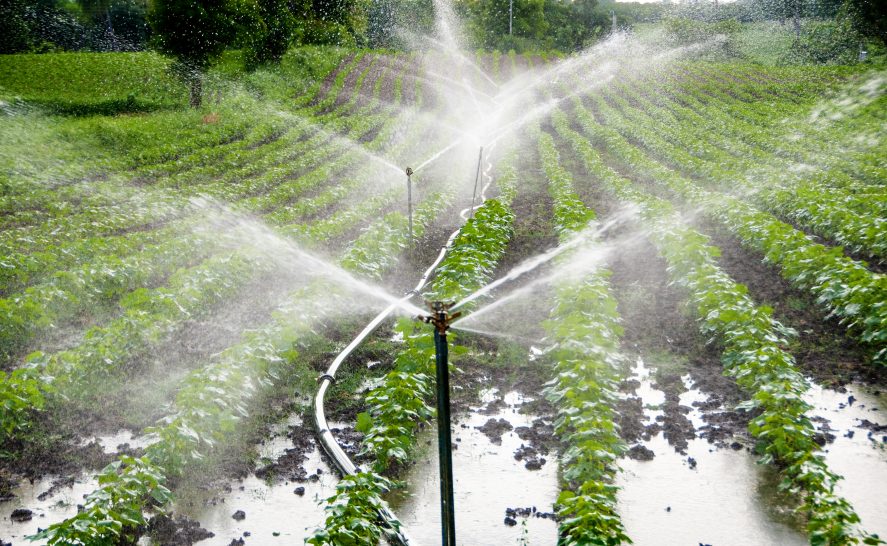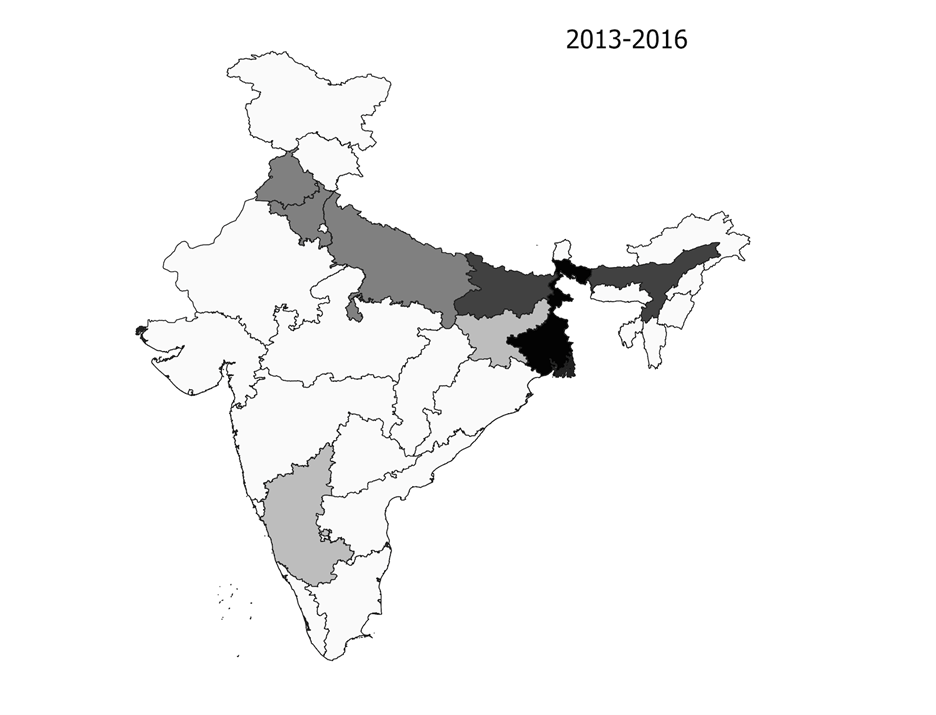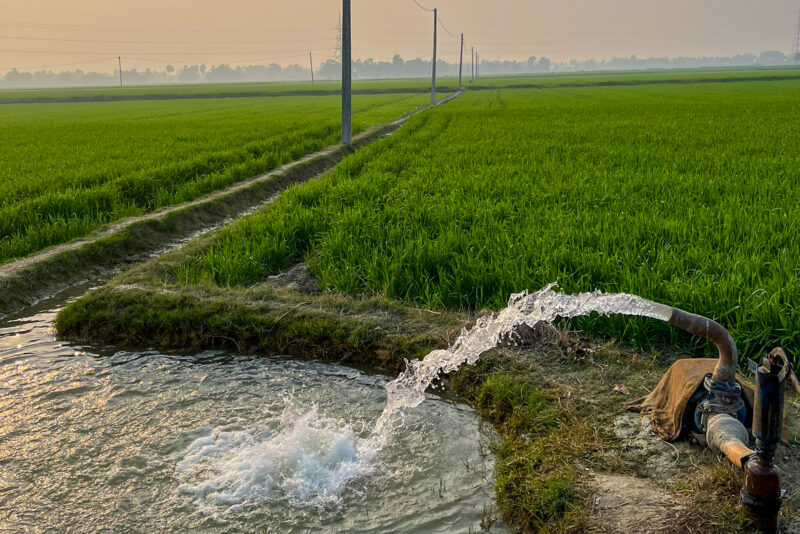Arsenic and Agriculture: Is Our Growing Dependence on Groundwater Irrigation Poisoning Our Water?

A growing public health concern across Southeast Asia is groundwater contamination, specifically from heavy metals such as arsenic. Given the significant adverse health impacts, it is important from a policy perspective to determine the causes of such contamination. I am conducting research exploring a novel link between agricultural practices and groundwater arsenic contamination in India. Through this research, I combine empirical methods in economics with insights from hydrology.
The dangers of arsenic contamination
A known carcinogen, arsenic has been detected in groundwater aquifers across Southeast Asia. The severity of exposure is amply displayed in Bangladesh, which experienced what the WHO called the “worse mass poisoning” in the world after a nationwide effort to switch its water sources to tube wells in the latter half of the 20th century. Millions of people in every district of the country were exposed to arsenic as a result, causing increased mortality, inhibited intellectual and motor function in children, and significantly reduced household earnings.
Treatment for arsenic exposure is slow and the damage is often irreversible. Rehabilitation programs are costly and limited across developing countries. Furthermore, there are limited adaptation strategies available and water purification methods are rare and unaffordable in the developing world. However, the most unfortunate aspect of arsenic contamination is the lack of obvious markers to identify contaminated water. This feature, coupled with limited surveillance and testing, makes arsenic contamination of groundwater sources a truly terrifying prospect in the developing world.
Treatment for arsenic exposure is slow and the damage is often irreversible.
The issue of arsenic contamination is exacerbated by climate change’s negative impacts on surface sources of fresh water. Dwindling surface supplies cause increased reliance on groundwater sources, which are already under pressure as they are utilized to water about one-third of the world’s total irrigated area. Considering the long period of time it takes to recharge aquifers, groundwater is a scarce future commodity. This growing paucity adds urgency to the need to discover the causes of heavy metal pollution.
Dipping into hydrology for answers
The issue of water scarcity, coupled with the adverse impacts of arsenic exposure, drew me, as an economist, to study the origins of the contamination. However, as I began my research, I soon found myself ensconced in a new field—digging into the hydrology literature for insights and hypotheses that were empirically testable.
While reading this new body of work, I marveled at the differences between research practices in hydrology and economics. The data collection methodologies used by hydrologists relied on small samples with rich data. I was able to appreciate the small geographic scope of the hydrological studies, which lends itself to the thoroughness that such work demands. While reading inference sections that relied on the presence of chemicals in water samples to draw anthropological insights, I found myself transported back to high school chemistry class.
Given the significant adverse health impacts [of arsenic exposure], it is important from a policy perspective to determine the causes of such contamination.
However, this literature was challenging because, despite the large number of studies, I found no clear consensus on a general hypothesis for arsenic contamination. Yet, as my literature pool increased, I was able to identify similar ideas across papers that were phrased in extremely different vocabulary.
Ultimately, I identified two main hypotheses: the pyrite oxidation hypothesis and the hydroxide reduction hypothesis. The pyrite oxidation hypothesis considers human activities, specifically intensive irrigation practices, as a potential cause of arsenic contamination. The hydroxide reduction hypothesis leans towards geological processes as the main cause of contamination. Given this distinction in the two hypotheses, I was pleased that they mapped well with my initial research question and provided a way for me to distinguish between natural contamination and contamination linked to agriculture.
Arsenic contamination in India
The map below plots the total population affected by arsenic contamination across Indian states, as reported by the National Rural Drinking Water mission. A recent phenomenon, the incidence of arsenic exposure across the Indo-Gangetic plain is interesting. My research aims to explore and document the extent to which intensive agricultural practices, such as increased use of fertilizers and consequent leaps in groundwater extraction, contribute to increased arsenic contamination across the northern Indian plains.

The map above shows the total population affected by arsenic contamination as measured by arsenic concentration in groundwater sources over the period 2013-2016. Darker regions indicate greater population exposed to contamination.
The implications if such a link between agricultural practices and arsenic contamination were to exist are serious. Not only is the Indo-Gangetic plain among the most densely populated areas in the country, it is also where the bulk of food production takes place. This poses a potentially serious problem for policymakers who would need to take steps to both reduce exposure and provide alternate livelihood options to those affected.
Natasha Jha is a TCI scholar and PhD student studying applied economics and management at Cornell University.
Featured image: An automatic sprinkler irrigation system waters a cotton farm. (Photo by CRS Photo on Shutterstock)





